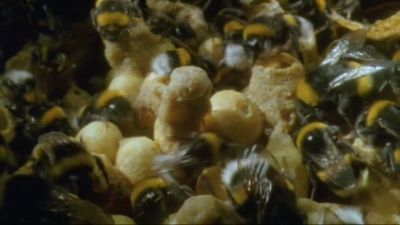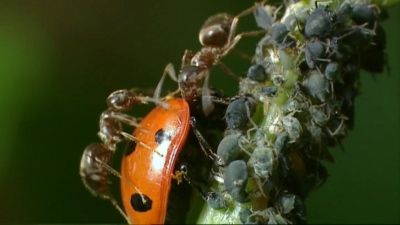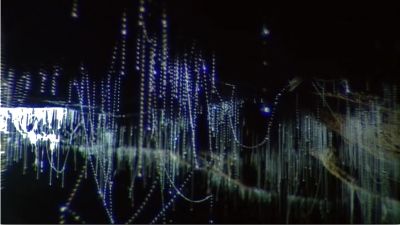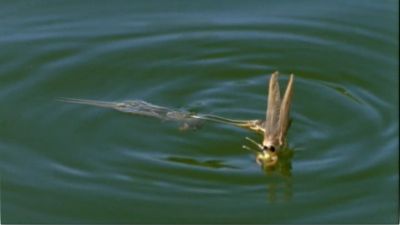The BEST episodes of Life in the Undergrowth
Every episode of Life in the Undergrowth ever, ranked from best to worst by thousands of votes from fans of the show. The best episodes of Life in the Undergrowth!
Invertebrates had been largely ignored by filmmakers in the past, due to the difficulties in filming them, but advances in lens and camera technology gave the makers an opportunity to film the creatures at their level. The series features a balance of everyday European invertebrates such as the wolf spider and housefly and more exotic varieties such as the redback spider of Australia and venomous centipedes of the Amazon. This was the first time that such animals had been photographed at such a high level of detail for television, and provided not only casual viewers but also scientists with a new understanding of certain species' behaviour.

#1 - Invasion of the Land
Season 1 - Episode 1 - Aired 11/23/2005
David Attenborough tells the story of the land-living invertebrates. He delves into the private life of Europe's dramatic leopard slug, a common garden resident with a truly bizarre end to its marathon mating ritual; watches the courtship ballet of tiny springtails on the underside of a leaf; sees swarms of bright red South African millipedes find partners, and in the caves of Venezuela meets the giant bat-eating centipede.
Watch Now:Amazon
#2 - Supersocieties
Season 1 - Episode 5 - Aired 12/21/2005
Invertebrates don't always operate alone. True society was the last feature to evolve in invertebrates, as recently as the time of Tyrannosaurus. In the last programme see the tensions below the surface in some of the great social structures built by insects, and witness the carnage when an ant colony and a termite colony wage war.
Watch Now:Amazon
#3 - Intimate Relations
Season 1 - Episode 4 - Aired 12/14/2005
The world of invertebrates exists in a web of relationships with plants and other animals. Unique footage of the world's smallest insect (a fairy wasp only quarter of a millimetre long) shows it flying underwater to find the eggs of water beetles in which to lay its own brood. Some ants 'farm' the trees that give them shelter, creating areas known as 'Devil's gardens'. To make sure these grow without competition, they kill off other seedlings in the surrounding vegetation. The blister beetle's larvae huddle together on the end of a piece of grass and mimic a female bee. When a male bee tries to mate with the 'female', the larvae grab on to his belly. Confused, he flies away and searches for a real female. When he eventually finds her and mates with her, the beetle larvae hurriedly swap from his front on to her back, and hence get carried back to her nest where they eat her pollen supplies.

#4 - The Silk Spinners
Season 1 - Episode 3 - Aired 12/7/2005
Silk is the invertebrates' great invention, used in a range of ways from from the protective stalks of lacewing eggs to the amazing hanging threads of New Zealand's 'glow worms'. Spiders, though, have taken silk-spinning to extremes. The common wolf spider has no web, but the female is a gentle parent, encasing her eggs in silk and carrying the precious bundle wherever she goes. The bolas spider uses a ball of sticky silk soaked in a copy of moth pheromone to lure its prey. Millions of communal spiders live and feed together in a vast, towering web - an arachnophobe's nightmare.
Watch Now:Amazon
#5 - Taking to the Air
Season 1 - Episode 2 - Aired 11/30/2005
As the early June sun begins to set over a calm river in Central Hungary, masses of ghostly shapes emerge from their larval cases to take to the air for the first time. They are mayflies and in a spectacular display, thousands of them demonstrate how the very first wings were used. From the stunning aerobatics of hoverflies in an English garden to the mass migration of purple crow butterflies in the valleys of Taiwan, this episode tells the tale of the first animals ever to take to the air. Unique footage reveals the lightning fast reactions of bluebottles and hoverflies, filmed with one of the world's fastest cameras, and David Attenborough handles the world's largest (and perhaps most ferocious) insect - the Titan beetle.
Watch Now:Amazon